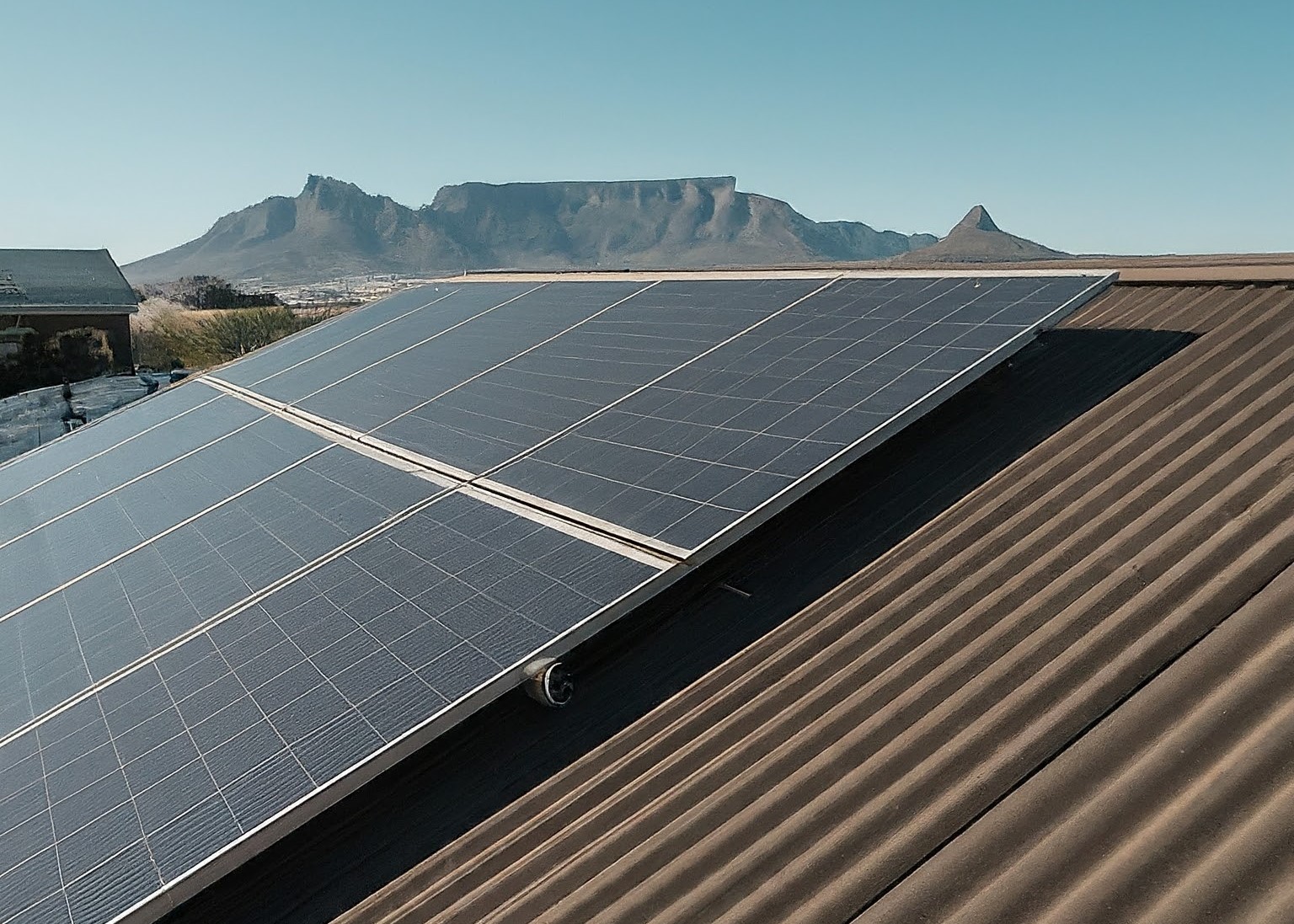SA Insights
Duck Curve is coming for
solar power in SA
Solar power is saving South Africa’s electricity grid from collapse, but it is creating a costly new challenge, writes ARTHUR GOLDSTUCK.
It is becoming conventional wisdom in South Africa that the pace of solar power installation in homes has saved the electricity grid from collapse. But there is a counter argument: that the demand curve has been so distorted by solar power, it has created costly new challenges.
The conundrum is explained by a phenomenon called the “duck curve”. First identified in California, it is a graph that illustrates the impact of solar power generation on electricity load.
Solar power peaks around noon, due to abundant sunlight, leading to a massive drop in demand for grid electricity. This dip in the demand curve forms the “belly” of the duck.
When the sun sets and solar power generation vanishes, there is a sudden increase in demand for grid electricity. This rise in the curve forms the “neck” of the duck.
That, in turn, means utilities need to ramp up other sources of power – quickly.
“This is a natural phenomenon in any high-penetration solar market,” says Jon Kornik, CEO of “smart energy” company Plentify, which produces electricity management hardware and software. “All that rooftop solar is satisfying daytime demand and, in a place like California, exporting excess power into the grid.
“They’ve grown at such a scale that the amount of solar exported to the grid satisfies daytime demand. While that might sound like a good thing, it’s bad for the utility. Their job is to maintain balance between electricity demand and supply through the day. They do that with different mixes of power generation. At the bottom, they have baseload generation, typically your cheapest generation, but also very slow to turn on and off – typically weeks.
“In South Africa, with our coal-fired power stations, you can’t just turn these guys on and off. It takes weeks to commission and decommission them. Then, you have the middle-generation and finally peaking generation, which is faster to turn on and off, but very expensive, like diesel-fired gas turbines.
“As the duck curve gets deeper and deeper, it starts to eat into the baseload supply. You have to rely more on peaking power, particularly as the afternoon ramp gets steeper.”
The result: the cost of generation for the utility gets more and more expensive, as it relies less on cheap generation.
“Consumers see rising electricity tariffs, and they think tariffs are going up while solar is coming down, so ‘screw this, I’m going to defect from the grid’. They install solar, worsening the problem for the utility and everyone else still connected to the system.
“That drives what is known in the industry as the utility death spiral, to which many utilities have been subjected.”
Kornik refers to average monthly electricity consumption data for different income groups in Cape Town, which show that among the highest income households, there is a steep decline in demand year by year.
“This should be terrifying to utilities because these are the most valuable customers who are buying the most electricity and driving the most margin, which in turn is used to cross-subsidise basic electricity for the people on the other side of the spectrum.”
What is especially terrifying about this, says Kornik, is that the Cape Town data he is referencing is the shift from 2018 to 2019, before the solar revolution took hold.
There is an antidote. It’s called load management, and it inspired the founding of Plentify.
“If storage can be coordinated, it can be another resource for the grid. That’s what California has started to do really effectively. As a result, the duck curve is now starting to flatten.”
Load management combines “load reduction, maximum demand management and solid load building”.
The end-result: demand is shifted from expensive peak times into the middle of the day.
* Arthur Goldstuck is CEO of World Wide Worx and editor-in-chief of Gadget.co.za. Follow him on social media on @art2gee.



















